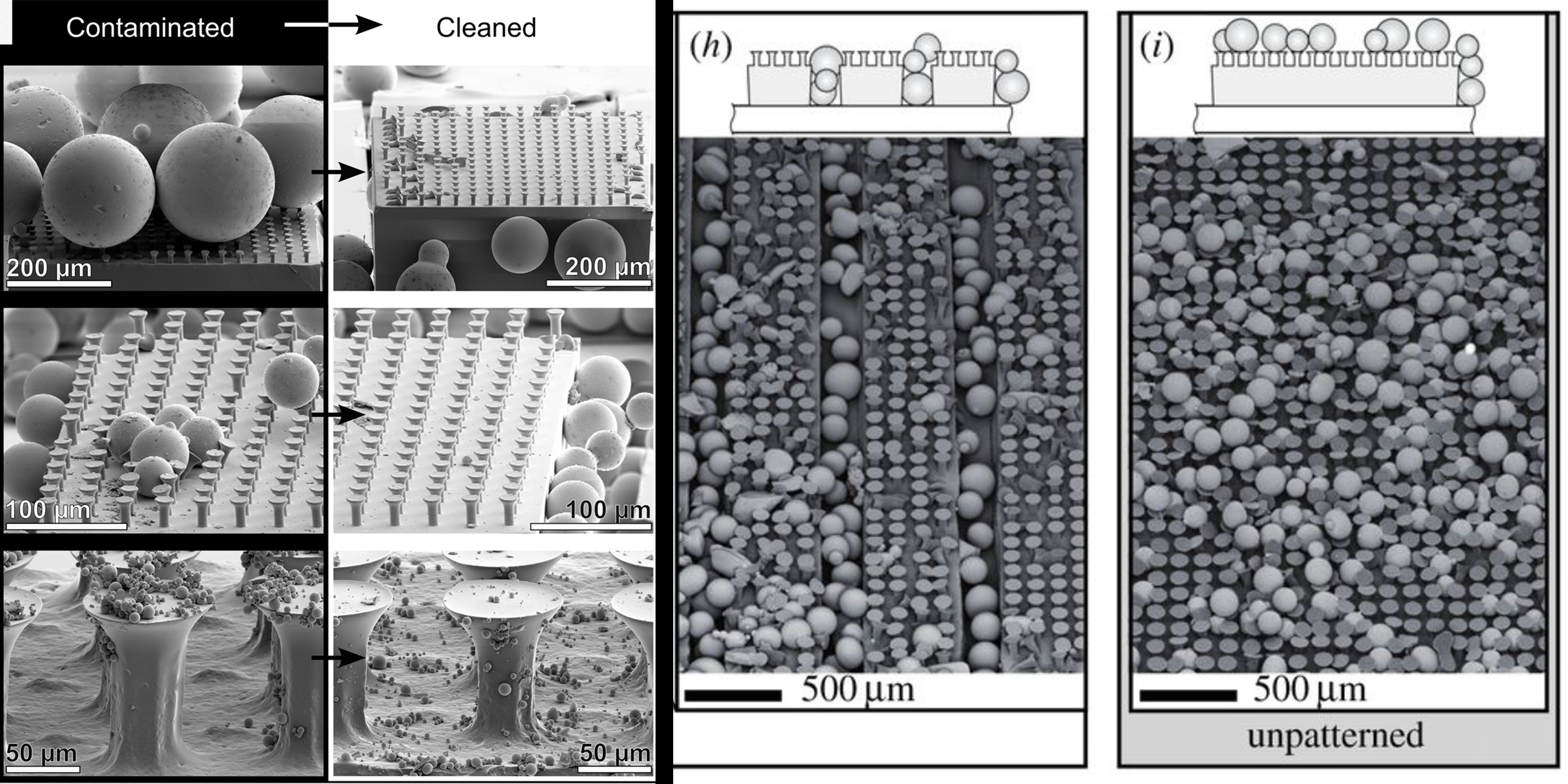
Nature can be an inspiration for innovations in science. One such inspiration comes from the gecko lizard which can climb on walls and ceilings of almost any surface texture. Rather than using its claws or sticky substances, the gecko is able to stick to smooth surfaces through dry micro/nanofibrillar adhesion, which requires no energy to hold it to the surface and leaves no residue. The dry adhesion force comes from surface contact forces such as van der Waals forces which act between all materials in contact.
The gecko's amazing capability of sticking to a wide range of surfaces lies in its feet, specifically the very fine hairs on its toes. There are billions of these tiny hairs which make contact with the surface and create a huge collective surface area of contact. The hairs have physical properties which let them bend and conform to a wide variety of surface roughnesses, meaning that the gecko's secret lies in the structure of these hairs themselves.
The structure of the biological gecko hair is very complicated as well as very miniscule. Each hair is made from multiple sections and atop each of these microhairs sit tens to hundreds of nanohairs which are 200 nanometers in diameter in a tree-like branching structure.
By studying this structure, we are able to mimic the biological structures with synthetic materials. These advanced adhesives will have countless uses from space exploration robots to surgical applications to post-it notes. This reusable, self-cleaning adhesive material can be thought of as a one-sided velcro which can stick to almost everything.
